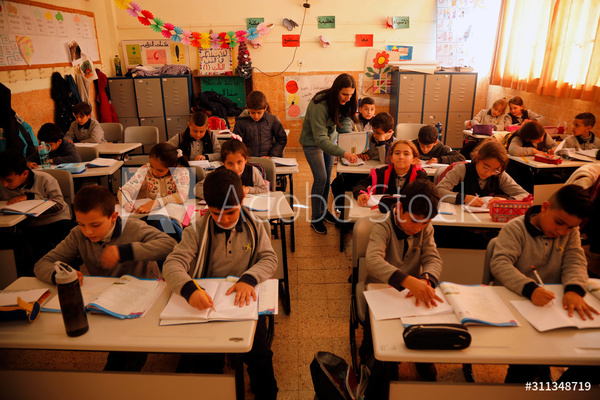Violence, effects and alternatives of teachers and secondary students, a structural framework
Main Article Content
Abstract
With the participation of high school teachers in Morelos (Mexico), we researched violences from the different realms of its actors’ everyday lives: the neighborhood, family, school and the classroom, as well as their effects in the structures of corresponding social relations. Therefore, in this article, we explore the different manifestations of violence that individuals face or express in the school context, as well as some of their social and educational effects. Additionally, we present early results from an intervention performed in the way of ‘peer accompaniment’ designed to lower rates of educational desertion and lagging. Finally, we propose schools based on ‘social cooperation networks’ as a way to deal with structural and contextual factors that superimpose themselves on schools, as well as a way to build conviviality based on the protection of life.
Article Details
Section
Se solicita a los autores que diligencien el documento de cesión de derechos de autor sobre el artículo, para que sea posible su edición, publicación y distribución en cualquier medio y modalidad: medios electrónicos, CD ROM, impresos o cualquier otra forma, con fines exclusivamente científicos, educativos y culturales
- La obra pertenece a UNIMINUTO.
- Dada la naturaleza de UNIMINUTO como Institución de Educación Superior, con un modelo universitario innovador para ofrecer Educación de alta calidad, de fácil acceso, integral y flexible; para formar profesionales altamente competentes, éticamente responsables y líderes de procesos de transformación social, EL CEDENTE ha decidido ceder los derechos patrimoniales de su OBRA, que adelante se detalla para que sea explotado por ésta
- El querer de EL CEDENTE es ceder a título gratuito los derechos patrimoniales de la OBRA a UNIMINUTO con fines académicos.





